Chronic Myelogenous Leukemia (CML): Julio's Story

Julio Villaseñor
Eagan, Minnesota
Chronic Myelogenous Leukemia
Transplanted in 2019
Many thanks to Mayo Clinic Rochester and the American Society for Transplantation and Cellular Therapy for helping us share Julio’s story.
In the spring of 2017, Julio Villaseñor’s life was in full bloom: he was poised to graduate with double master’s degrees from the University of Michigan; about to launch an exciting job search that might relocate his young family; and leaning joyfully into parenting a new daughter and older son (Laila and Emilio), together with his wife, Cecilia. But Julio also found himself easily exhausted and unable to recharge.
When Cecilia, or “Ceci,” finally pushed him to see a doctor, he was at first told there was little to worry about, “It’s probably just stress. Try to relax.” But later that day, the doctor called back to say, “Bad news, we think you have leukemia. You need a bone marrow biopsy. Immediately.”
The next day was Julio’s graduation ceremony. To mark the occasion his parents had flown in from Mexico City, where Julio was raised. A day of family-wide celebration was suddenly looking more like a medical emergency.
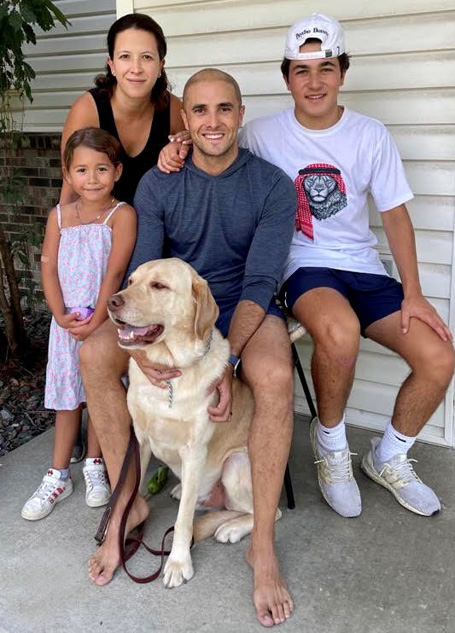 The next morning Julio had a bone marrow biopsy, and in the afternoon he walked through graduation. As he recalls, “I was sitting at the ceremony and all my friends were excited. I was excited too, but I was also freaked out. I was thinking: Is this the worst or best day? After the ceremony, I went home, packed, and went straight into the hospital.” The biopsy had confirmed leukemia.
The next morning Julio had a bone marrow biopsy, and in the afternoon he walked through graduation. As he recalls, “I was sitting at the ceremony and all my friends were excited. I was excited too, but I was also freaked out. I was thinking: Is this the worst or best day? After the ceremony, I went home, packed, and went straight into the hospital.” The biopsy had confirmed leukemia.
Thankfully, Julio had what he describes as “the friendliest leukemia,” CML or Chronic Myelogenous Leukemia, which typically responds well to TKIs or tyrosine kinase inhibitors. On the medication, he felt almost bizarrely well again, “It was such a weird feeling, I’m going through the world living with leukemia, and I feel perfect. It was like summertime allergies, something you could just take a pill for and it was gone.”
Meanwhile, Julio successfully navigated a myriad of transitions: he found a satisfying new job, moved his young family to Minnesota, and began to see a new oncologist. Unfortunately, Julio began to need higher and higher doses of the TKIs, until he was on the maximum dose which his body couldn’t tolerate. As he recalls, “My skin was burning, horrible headache, hives all over, fever, it was the worst I’d felt since being diagnosed.”
His new doctor referred Julio for transplant to Dr. Hassan Alkhateeb at the Mayo Clinic. Right from the start, Julio felt exceptionally lucky to be under Dr. Alkhateeb’s care, “I love the guy. He took the time to get to know me. As a whole person.”
The search for a stem cell donor began with Julio’s three brothers, all of whom traveled from Mexico City to Minnesota without hesitation when Julio put out the call for help. Ultimately, it was the brother closest in age to Julio, Nicolas, who proved to be a match. When Ceci learned the news, she teared up, “I always knew it would be him.” The two boys had shared a room growing up and were exceptionally close; now their bond would deepen.
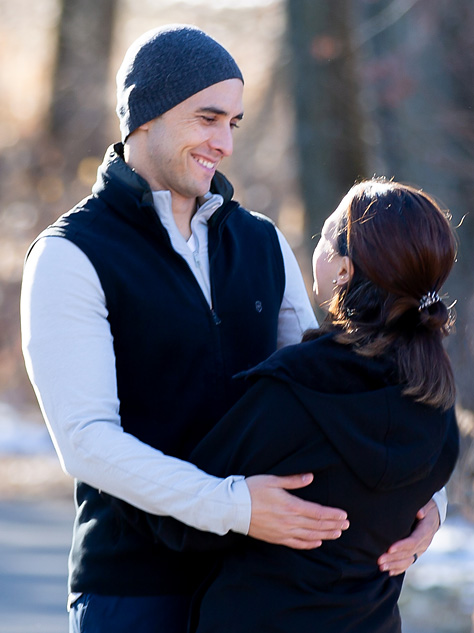 When it was time for the transplant, Julio and Ceci’s parents all flew in from Mexico once more to offer support. The kids would need to stay at home and maintain their routines while Ceci was by Julio’s side, in hospital, an hour away in Rochester. To help smooth the change of guard from parents to grandparents, Ceci created a giant binder with every aspect of their family life outlined. Weathering the logistics of transplant takes inventive solutions. As Julio says, “I’m glad I had an MBA, let’s put it that way.”
When it was time for the transplant, Julio and Ceci’s parents all flew in from Mexico once more to offer support. The kids would need to stay at home and maintain their routines while Ceci was by Julio’s side, in hospital, an hour away in Rochester. To help smooth the change of guard from parents to grandparents, Ceci created a giant binder with every aspect of their family life outlined. Weathering the logistics of transplant takes inventive solutions. As Julio says, “I’m glad I had an MBA, let’s put it that way.”
Though ultimately successful, the difficult process of transplant extended beyond Julio’s hospital stay. As Julio remembers, “It broke my body down, and then my mind and spirit. There was a moment there when I was on a lot of meds, including steroids, that I became a person I didn’t recognize.”
Transplant even affected Julio’s ability to parent in the way he wanted to, especially his adolescent son: “My son was going through prime
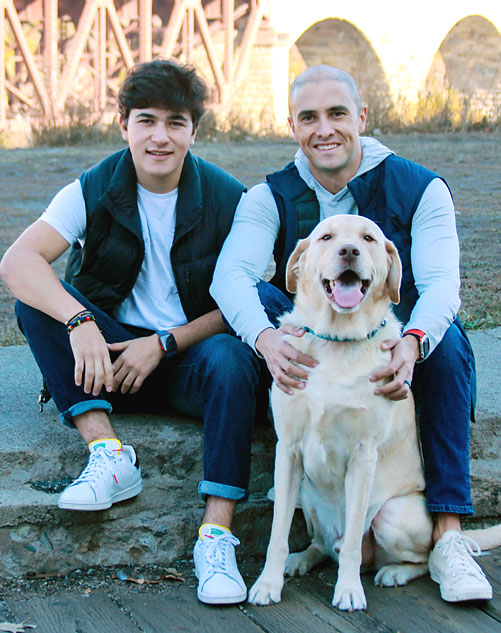
teenage years and I didn’t have the presence of mind, for a while there, to understand that while I was sick, he was also going through a lot. Chemo does something to your brain chemistry, I can’t tell you exactly how or why, but it was scary how angry I could get.”
Resolved to heal as fully as possible, physically and emotionally, Julio turned to, among other supports, yoga. He took a teacher training course, and now he not only practices yoga, he shares the gifts he’s found there –equanimity of mind, strength and flexibility of body – with students, including, occasionally, Laila, now 6, and Emilio, now 18, who is just beginning to show interest.
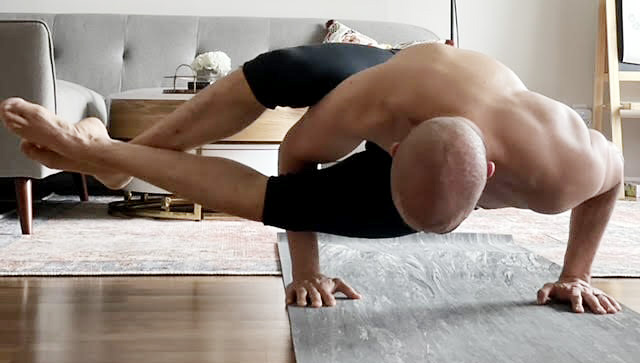
Julio is comfortable inside the long process of healing. As he says, “While I wouldn’t wish leukemia or transplant on my worst enemy...In trying to pull the pieces back together, I’m physically stronger than I’ve ever been. And I’ve given myself the space to admit to myself when I’m falling, when I’m weak. I can learn, and I can heal. And I can be a stronger, more loving person.”

Mayo Clinic is one of the largest providers of bone marrow transplants in the United States. It has performed more than 10,000 stem cell transplants at its campuses in Arizona, Florida, and Minnesota. Since 1963, Mayo Clinic has been at the leading edge of transplant research worldwide, enabling patients to be among the first to benefit from innovative therapies and clinical trials. Learn more about Mayo’s collaborative care and excellent results at mayoclinic.org.
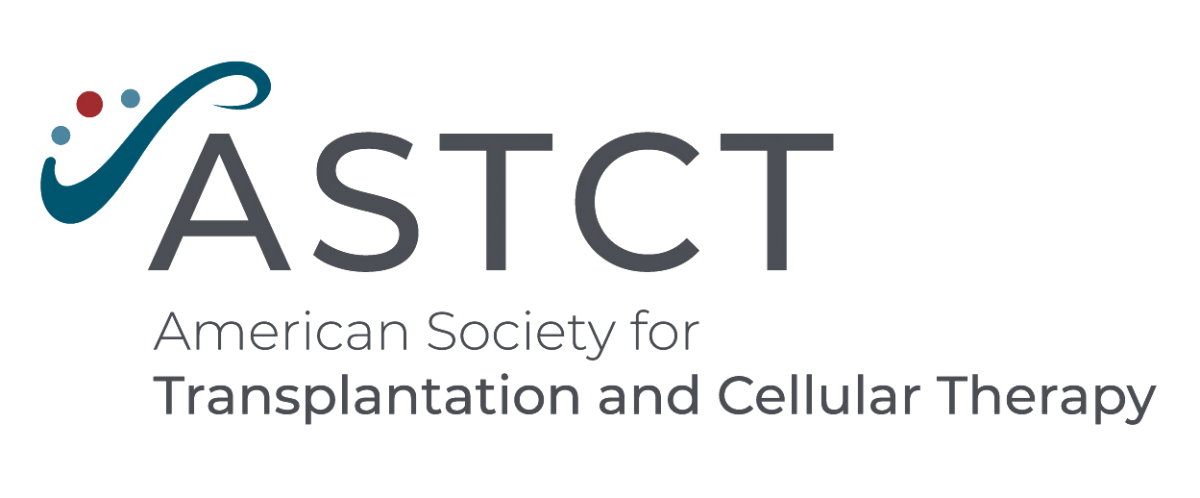
The American Society for Transplantation and Cellular Therapy (ASTCT), formerly known as the American Society for Blood and Marrow Transplantation, is a professional society of more than 2,200 healthcare professionals and scientists from over 45 countries who are dedicated to improving the application and success of blood and marrow transplantation and related cellular therapies. ASTCT strives to be the leading organization promoting research, education, and clinical practice to deliver the best, comprehensive patient care.
Photo Credit: Monica Lopez Eagan, MN molophotography.com